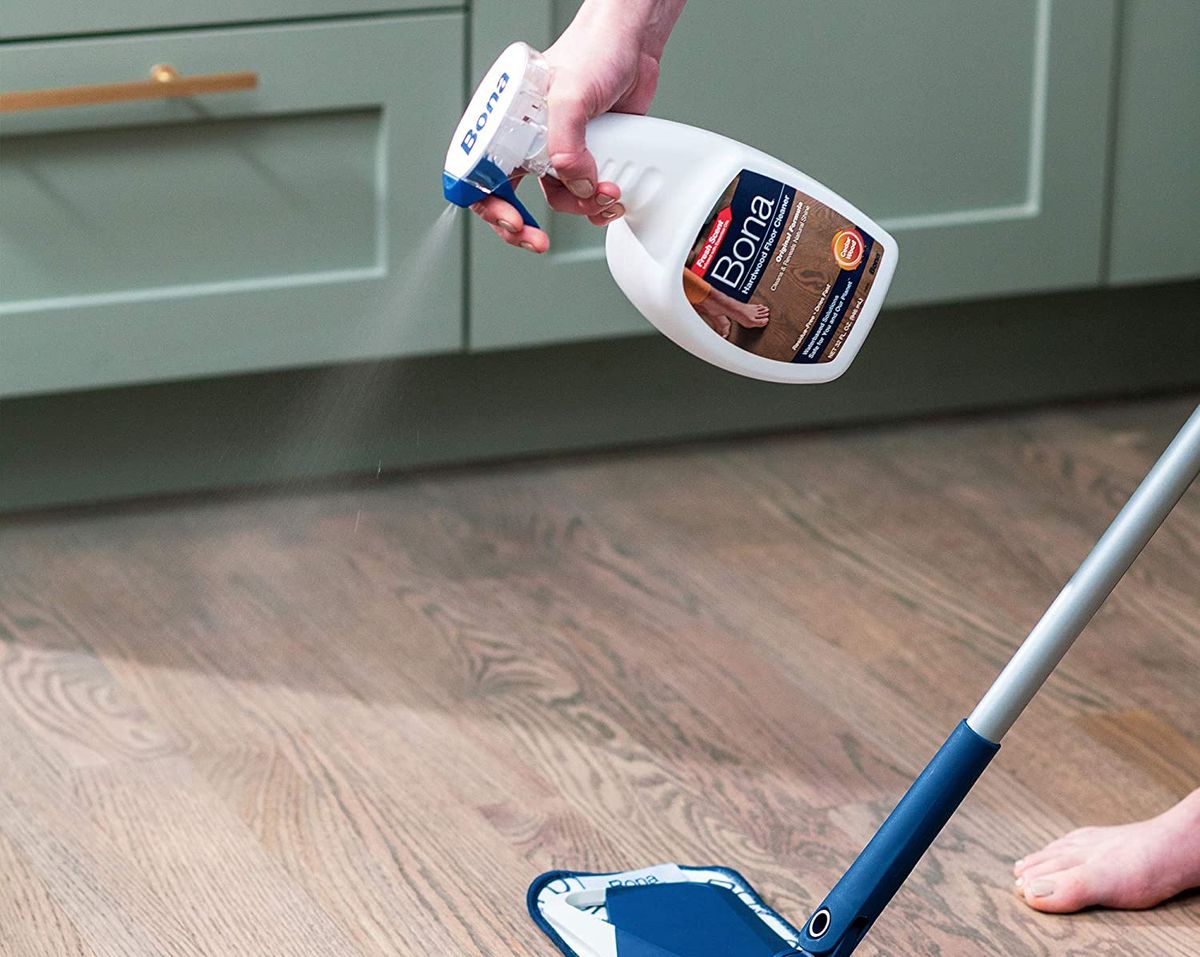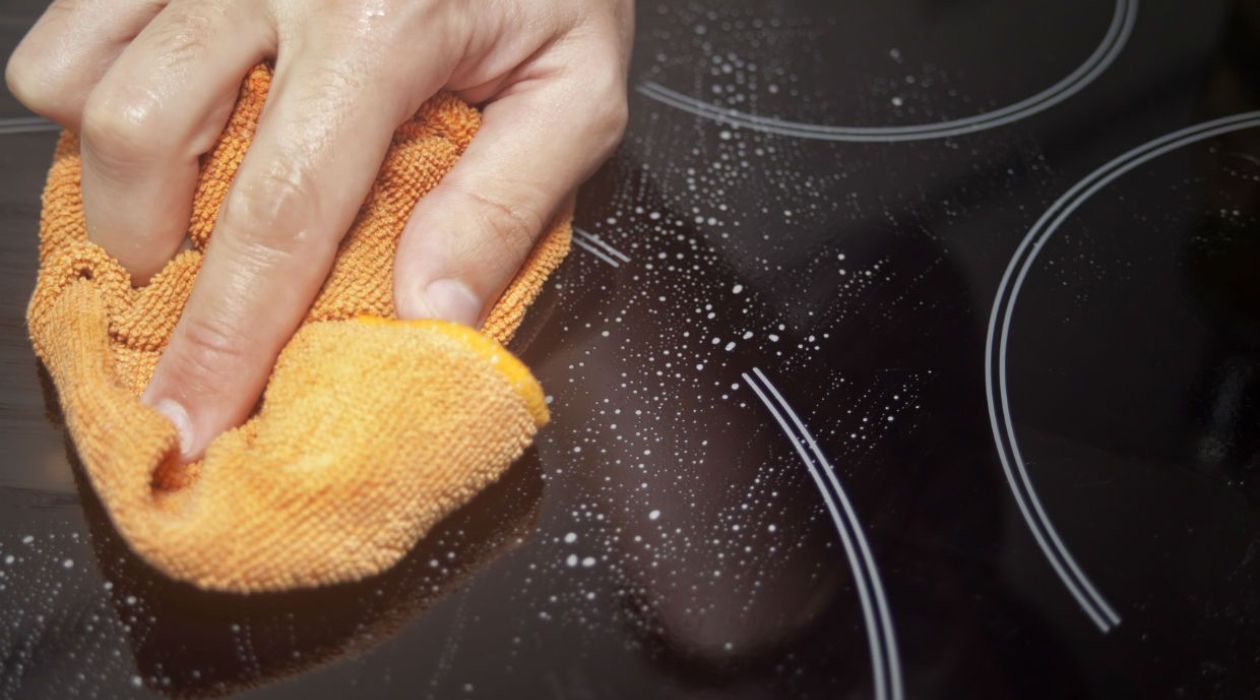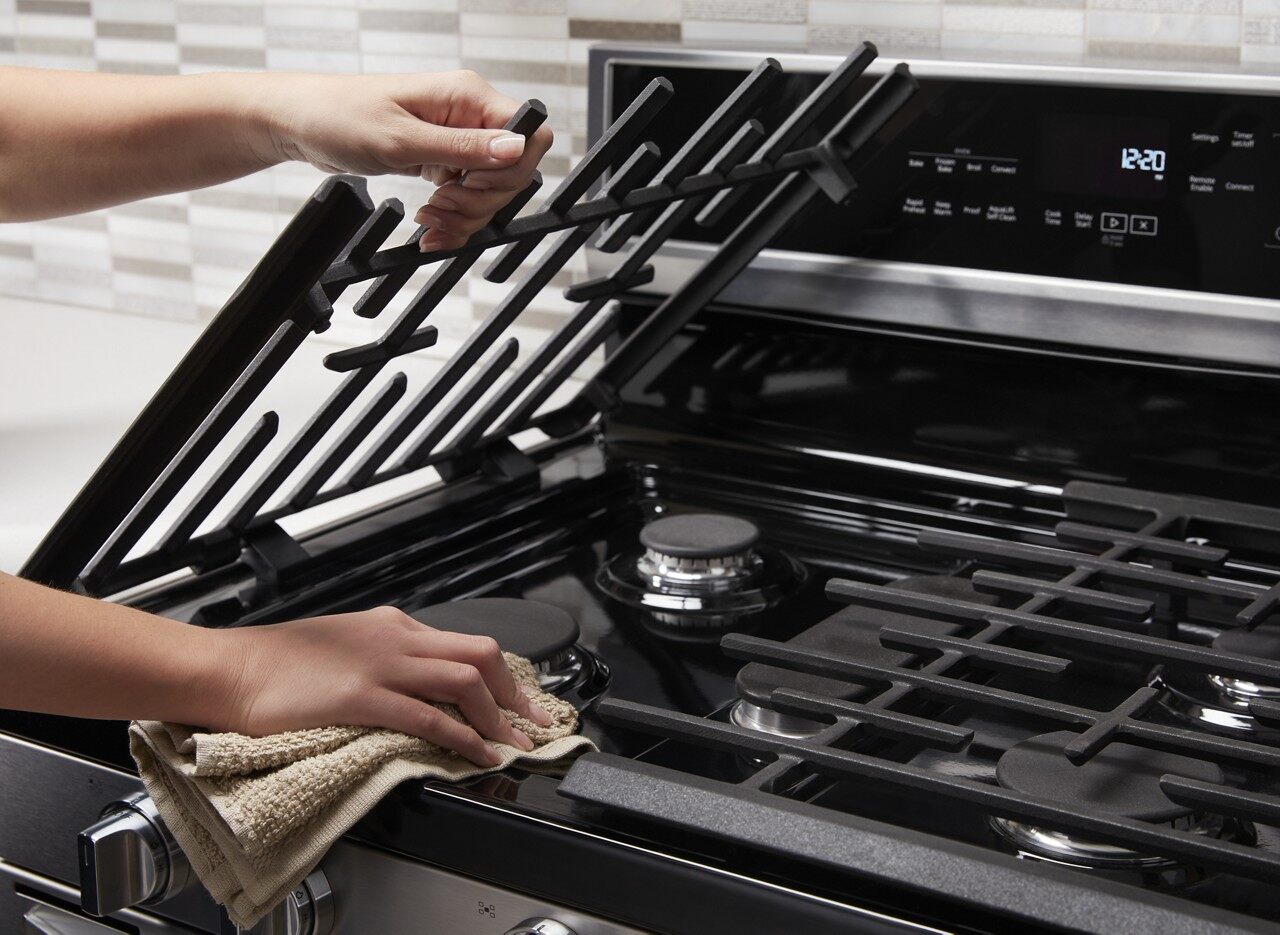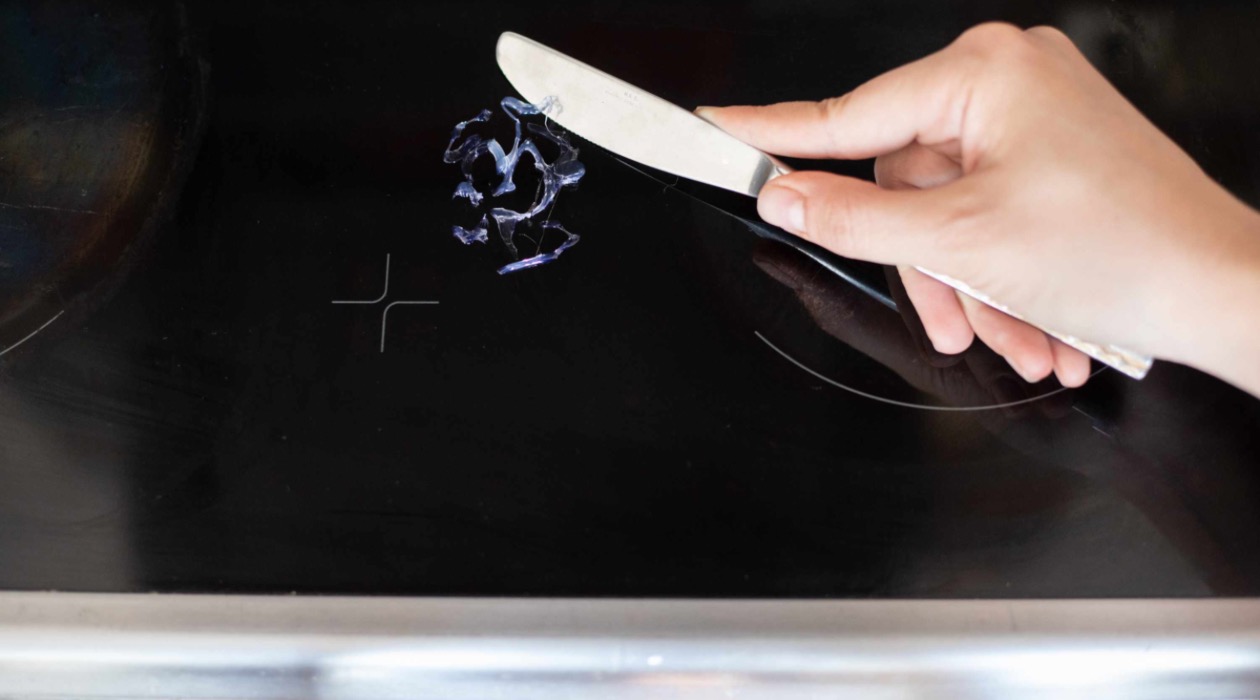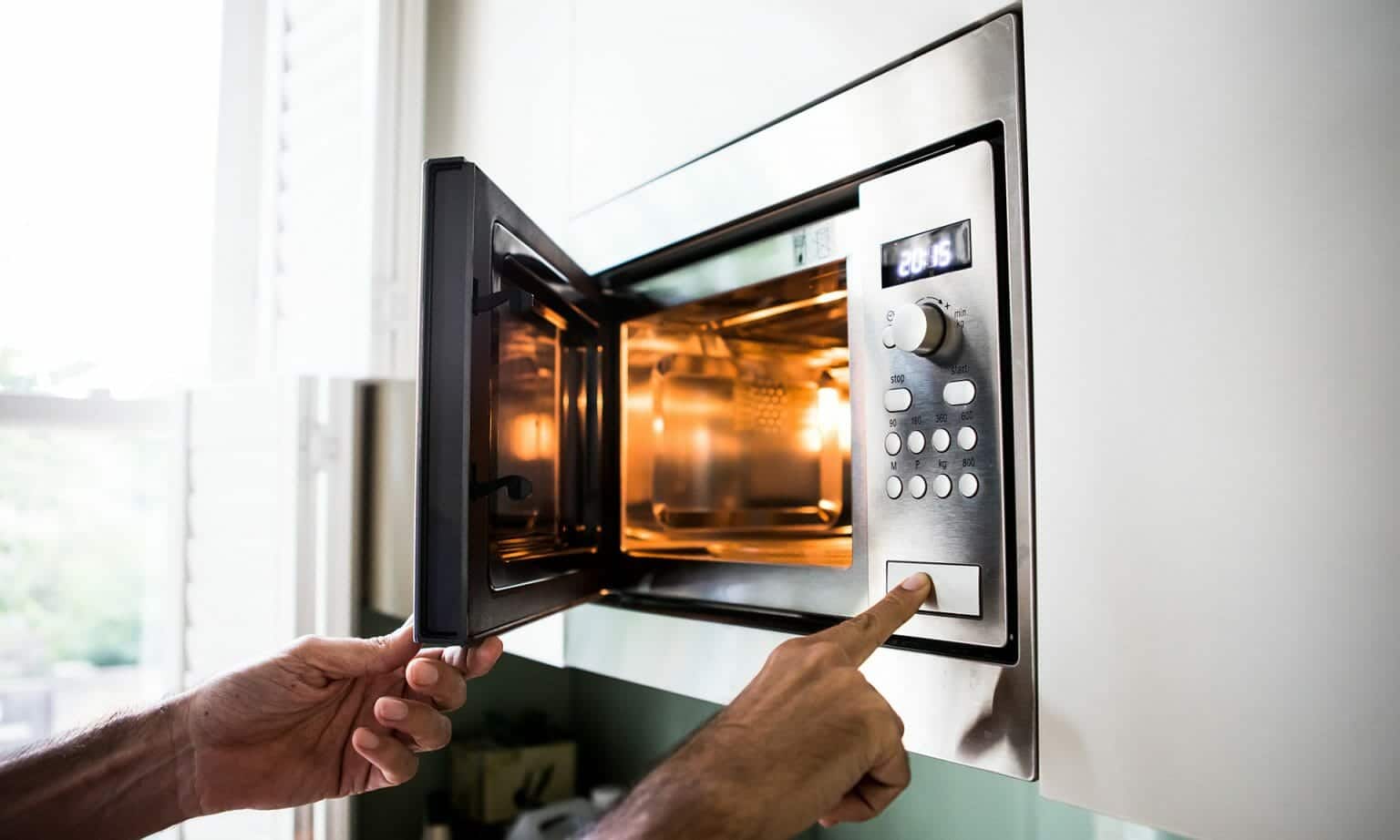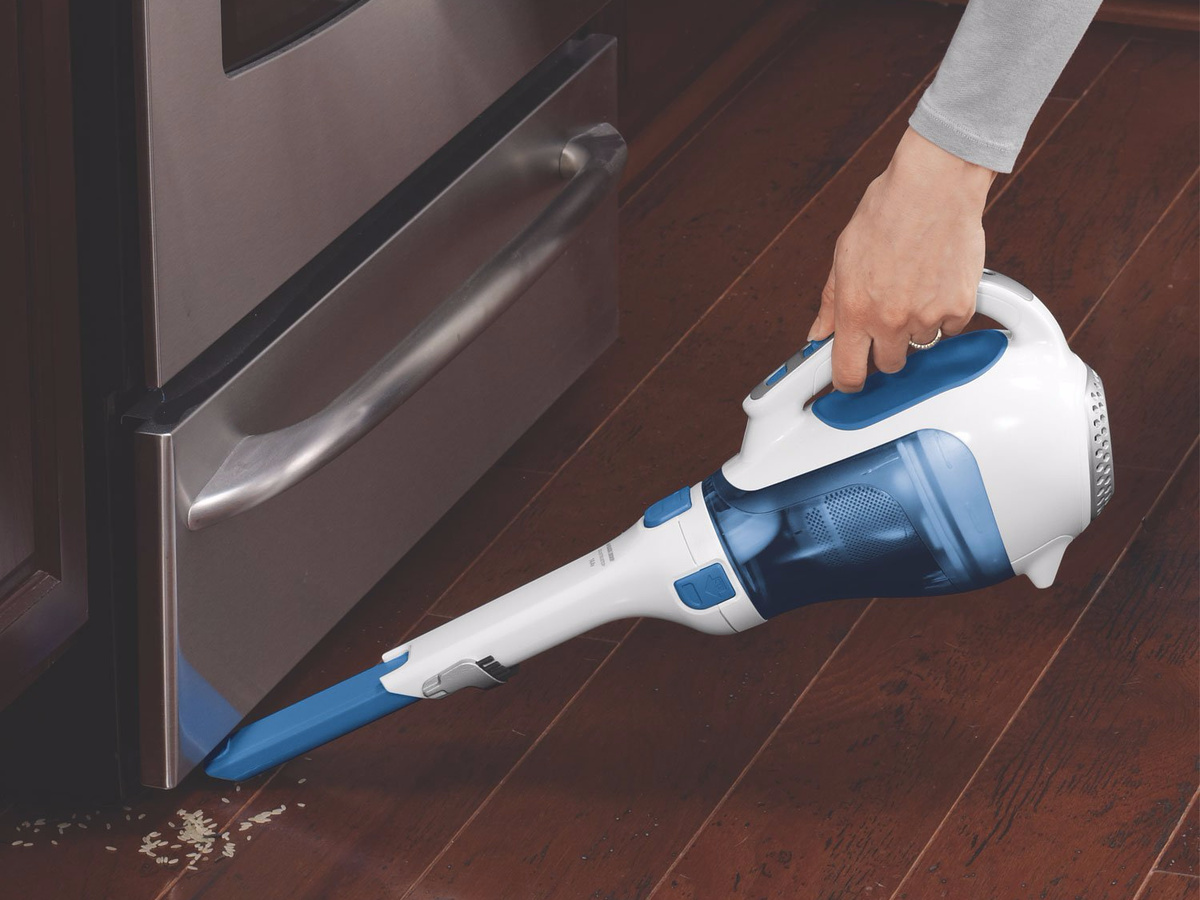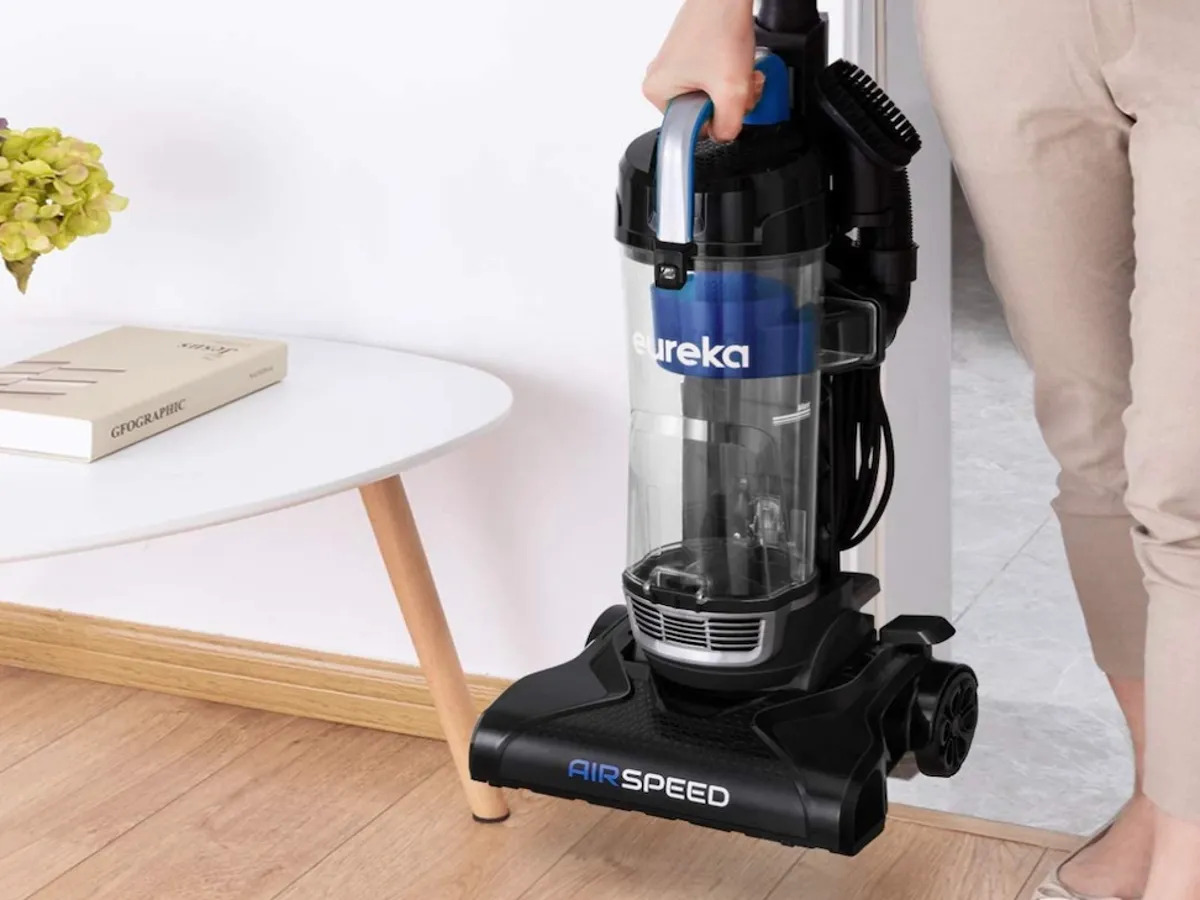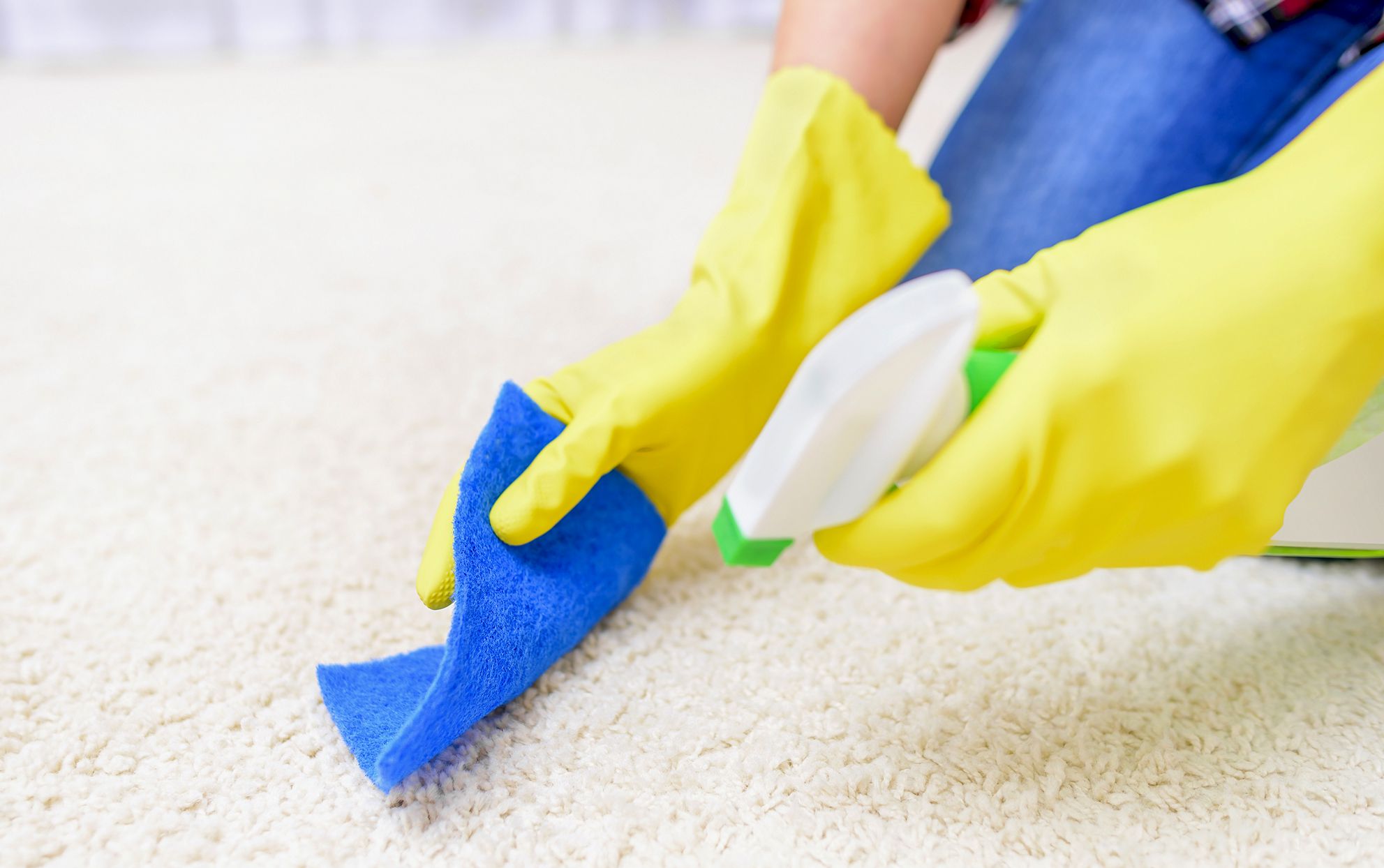Home> Kitchen Cleaning
Revolutionize Your Home with Unparalleled Kitchen Cleaning Hacks!
Discover the ultimate kitchen cleaning hacks to revolutionize your home. Say goodbye to grease, stains, and grime with these unparalleled tricks and techniques.
Shoppers Love This Handheld Vacuum For Kitchen Messes
By: Alexander Johnson • 45 Best Kitchen Storage Ideas You Can't Miss Out On
10 Dirty Spots You Probably Aren’t Vacuuming—but Should Be
By: Ethan Hayes • Best Living Room Storage: The Ultimate Guide
The 10 Cleaning Questions Most Often Searched On Google, Answered
By: Ethan Hayes • Articles
